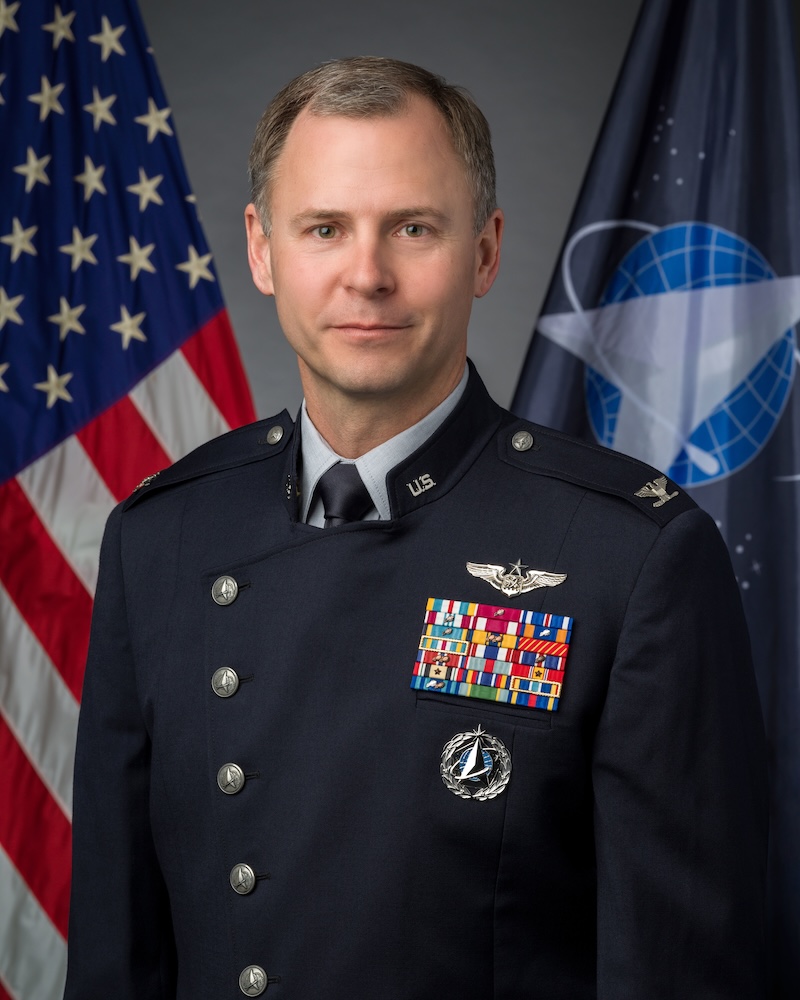Although the U.S. Space Force is tasked with military operations in regards to space, they’ve never actually sent one of their own into orbit. This week, the agency announced that Col. Nick Hague will launch to the International Space Station in August 2024 to pilot the Crew-9 mission, as part of SpaceX’s ninth crew rotation to the ISS for NASA. He’ll join two NASA astronauts and a cosmonaut on the trip to space and then work as a flight engineer, spending six months on the station doing research and operations activities.
“The core of our mission on the space station is to perform science experiments and collect data,” Hague said in a U.S. Space Force news release. “The International Space Station provides a unique platform in microgravity, which allows researchers from around the world to explore and discover processes that could have significant impact on the behavior of our bodies and the environment around us both on Earth and off planet.”
While this is Hague’s first flight to space as a Guardian, its not his first rodeo in space – and he certainly has some exciting tales to tell. He’s launched twice before as a NASA astronaut, but actually only made it to space once.
During his first flight, Hague and Russian cosmonaut Alexey Ovchinin launched on board a Soyuz from Russia’s Baikonur Cosmodrome in Kazakhstan, but the flight had to be aborted when the Soyuz-FG rocket experienced an anomaly just minutes after liftoff.
The Soyuz spacecraft was thrown clear of the rocket and plunged back to Earth for a ballistic landing. Experts estimate Hague and Ovchinin experienced 6 to 7 G’s during the nail-biting descent. It took the search and rescue team awhile to find the crew, but eventually they were located and found to be in good condition.

Just five months later—in March 2019—Hague and Ovchinin launched again, along with crewmate NASA astronaut Christina Hammock Koch, and this time made it with no hiccups to the International Space Station. Hague completed a 203-day mission, conducting three spacewalks, totaling 19 hours and 56 minutes, and he also participated in hundreds of experiments in biology, biotechnology, physical science and Earth science.
After returning from his mission in 2019, Hague transitioned to the Pentagon for a leadership role with the newly developed Space Force as its Director of Test and Evaluation. In 2021, while serving in this role, he transferred from the Air Force to Space Force.
Hague joins the crew of Mission Specialist Stephanie Wilson, Roscomos cosmonaut and Mission Specialist Aleksandr Gorbunov, U.S. Space Force Col. Nick Hague and Commander Zena Cardman.
“Being a part of this mission is a unique honor, but it’s truly a collective effort,” Hague said. “Guardians worldwide ensure safe and secure operations of critical systems for launch and on station. From GPS satellites that underpin our station navigation systems, to space domain awareness sites around the globe that help NASA prevent orbital debris from colliding with the space station, to the launch range that my crew will use when we liftoff, Guardians provide critical support without which our NASA human spaceflight program wouldn’t be possible.”
Hague said during his mission, he will represent approximately 14,000 military and civilian Guardians who continue to support NASA and commercial missions in, from, and to space.


